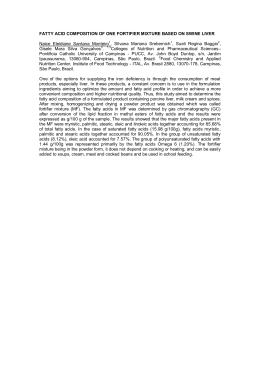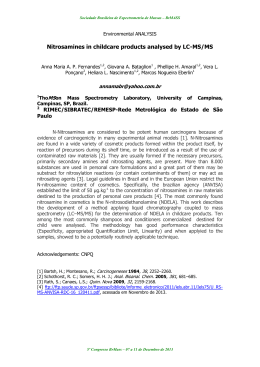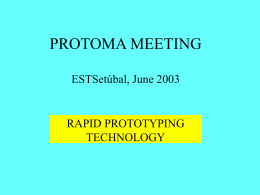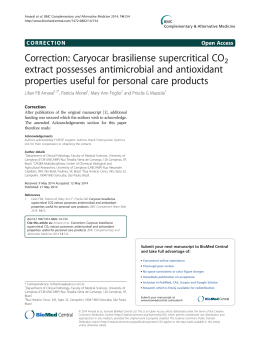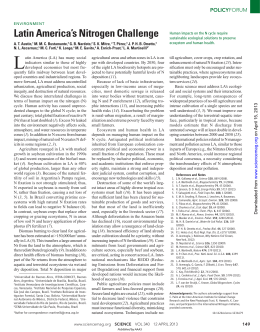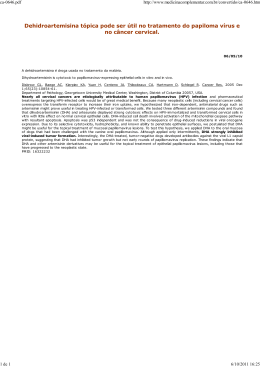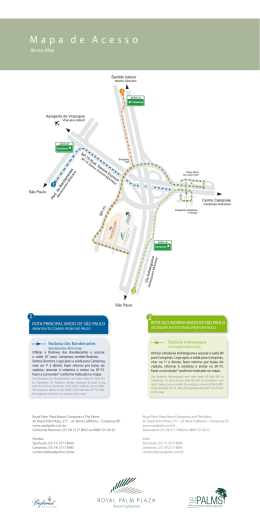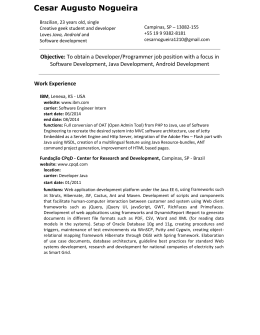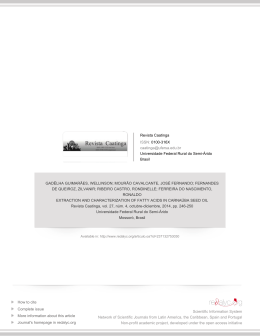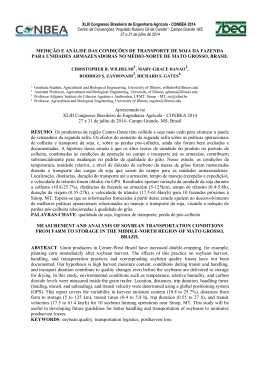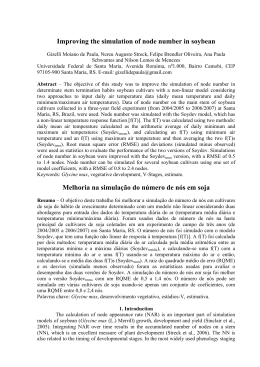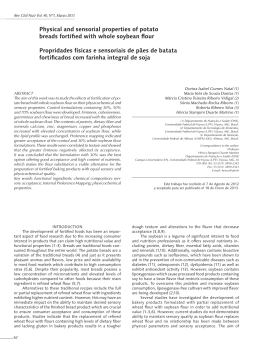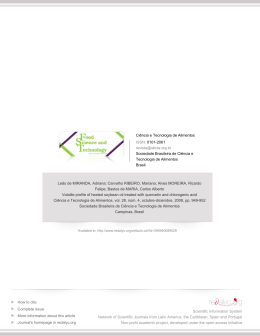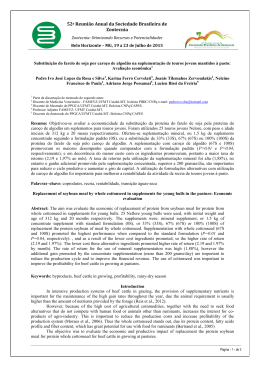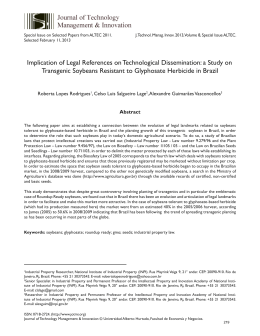Response Surface Modelling of the Production of Structured Lipids from Soybean Oil Containing Eicosapentaenoic and Docosahexaenoic Acids using Rhizomucor miehei Lipase Maria Elisa Melo Branco de Araújo1; Renata Bueno Paula Campos1, Tatiana Mikie Noso1, Rosana M. Alberici2, Ildenize B. S. Cunha2, Rosineide C. Simas2, Marcos N. Eberlin2, Patrícia de Oliveira Carvalho*1 1 São Francisco University. Av. São Francisco de Assis, 218, 12916-900. Bragança Paulista, SP, Brazil; 2 ThoMSon Mass Spectrometry Laboratory, Institute of Chemistry, University of Campinas, UNICAMP, 13083-970 Campinas, SP, Brazil The aim of this study was to model the enzymatic production of structured lipids (SLs) for nutraceutical purposes via response surface methodology by incorporating eicosapentaenoic acid (EPA) and docosahexaenoic acid (DHA) into soybean oil. The SLs were obtained by acidolysis of soybean oil (SO) with a free fatty acid (FFA) mixture obtained from Brazilian sardine oil. The reaction was catalyzed by a commercial immobilized lipase from Rhizomucor miehei (Lipozyme RM IM) in a solvent-free media. A three-factor central composite rotatable design was used to study the effect of reaction time (X1), substrate mole ratio (X2) and initial water content of the enzyme (X3), and the selected objective function was the n-6/n-3 fatty acid ratio of the SLs. The best reaction conditions for achieving an interesting n-6/n-3 fatty acid ratio were: sardine-FFA : SO mole ratio at 3:1, initial water content of the enzyme at 0.87, reaction time at 12 h, reaction temperature at 40 C and 10% by weight of the enzyme (% w/w). Under these conditions, the incorporation of EPA+DHA into the soybean oil reached 9.2 % (of the total fatty acids), leading to a significant reduction in the n-6/n-3 fatty acid ratio from 11.3 to 2.7, attending the published nutraceutical recommendations for parenteral nutrition, thus showing great potential in this field of application.
Download
